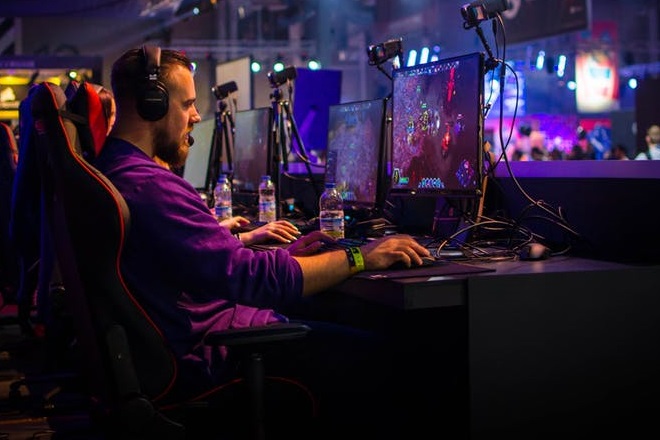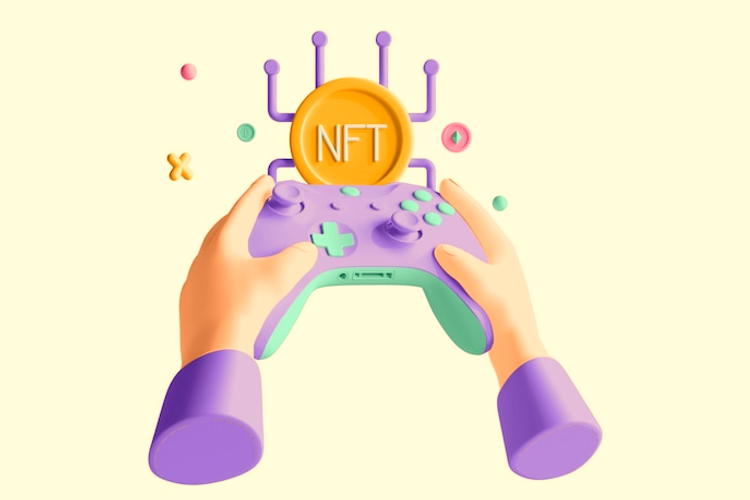Crypto is All Go in the Gaming Industry
The blockchain game sector never ceases to fascinate me; the advancements that occur in the area are astounding. The creativity and vision of some teams, not just in terms of technology but in terms of narratives, use cases, and usefulness, is a marvel. I am frequently in awe of the teams behind some of these structures. However, with this gaming model taking a dip in 2022, many wonder if cryptocurrency has a future in gaming.
Crypto gaming, like regular gaming, offers a wide range of games. Arcade, auto-battlers, card-based, first-person shooters, MOBA, mobile, move-to-earn, and role-playing all have their mini-universe of game genres. Unfortunately, the story of crypto games has been high on hype and weak on delivery.
For example, Axie Infinity, one of the sector’s early popular success stories, was hacked for $620 million in March 2022, resulting in a significant exodus of users and an 85% drop in the game’s token, AXS. Likewise, the GMT token of the famous “move-to-earn” game STEPN is down 85% from its high, and the game has lost half its members since the summer of 2022.
Liquidity-pooling, staking, and other parts of crypto and blockchain technology have all been utilized by game creators. However, they still need to catch up on the gameplay component; they place far too much emphasis on token implementation. Developers must improve if we are to expand the metaverse. Popular pre-blockchain games may provide at least a partial road map for them to follow.
Blockchain technology has the potential to significantly empower players by enfranchising users as partners with financial reward and governance capabilities. However, these characteristics cannot promote mainstream adoption when the games lack depth and immersion. So, what can they do to get gamers coming back?
Improve the user experience
For more casual players, the friction involved in a blockchain game is a huge deterrent. In contrast to traditional games, which can be downloaded from the app store with a single click, blockchain games take a significant amount of initial setup. Users must install a crypto wallet on their web browser, connect it to the given network, and then purchase tokens from a dex. Aside from the initial friction, the in-game user experience could be better. For example, as the game progresses, a user must approve transactions on each move, which is far from ideal.
Create communities
Blockchain games have enormous promise. Allowing customers to earn money while playing games is a powerful inducement to keep them returning for more. However, things will swiftly fall apart if the community does not care about the game’s long-term viability, even more so if the game hasn’t already built a community! Native tokens and NFTs earned through play-to-earn gaming can be freely purchased, sold, and traded. Users who are not interested in the long game are more likely to sell rewards and pressure the market. If creators do not enhance players’ exposure to the benefits, the price will soon fall, as will the motivation to continue playing. A robust community supporting your cryptocurrency project has the opposite impact.
More interoperable gaming
NFTs are interoperable, which means they can be linked, swapped, or traded across blockchain platforms. Furthermore, because NFTs are a decentralized game system that operates on separate blockchains, they can serve as a back-end architecture for other networked games. For example, two games established and designed on the Ethereum network can support the same in-game collectables, such as armor, money, vehicles, or even characters.
iGaming
We will conclude by looking at one industry that has overcome these issues and that coincidentally is linked to the gaming world: iGaming. As the two worlds are so closely connected, these hurdles should be easy to overcome. But what can crypto gaming learn from iGaming in terms of the above points?
User experience
Providing the best experience for your gamers is all about personalizing your offering, something the iGaming sector excels at. It concentrates on UX and UI and reduces barriers to significant user journeys such as placing bets, making deposits, gameplay, login process, and registration.
Communities
This is another area that iGaming and the online gambling industry excel in. iGaming is a social activity, so straight from the off, the industry recognized that it had to bring players together. It, therefore, created online chat rooms within games so players could discuss the goings on or anything they wished. They can even interact with the game in the form of live dealer games, for example.
Interoperable gaming
This is the industry standard and has been since day one. When you move between games, you take what you have from the last game you played. You don’t require separate wallets to switch between playing poker and blackjack.
As you can see, the gaming industry can learn a lot from iGaming, which should help to tackle the stumbling blocks that have reduced crypto game players. As we touched upon earlier, crypto gaming has the potential to be the biggest revolution in gaming, but it has to be done correctly.





